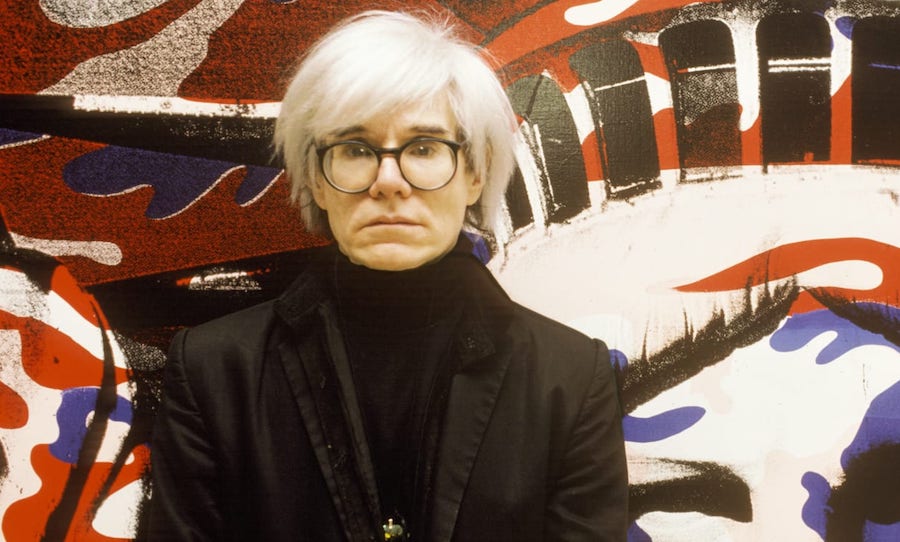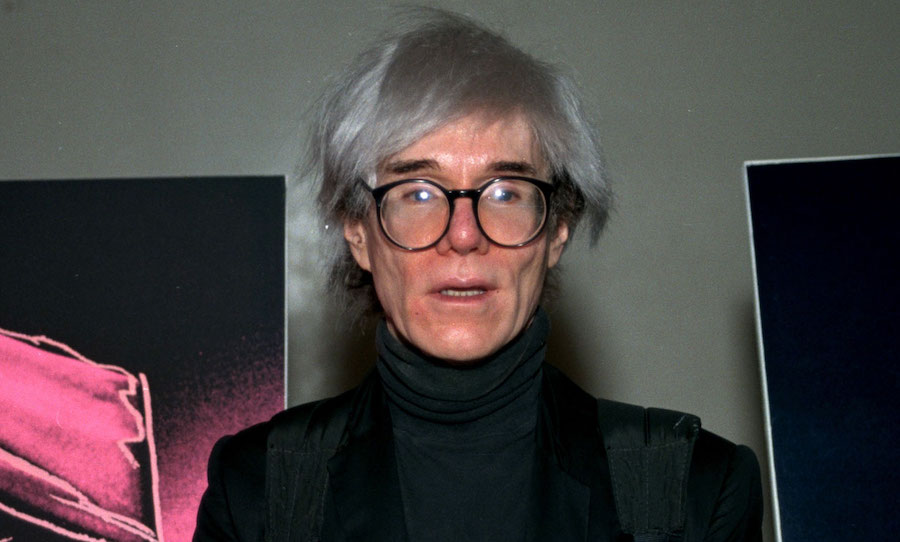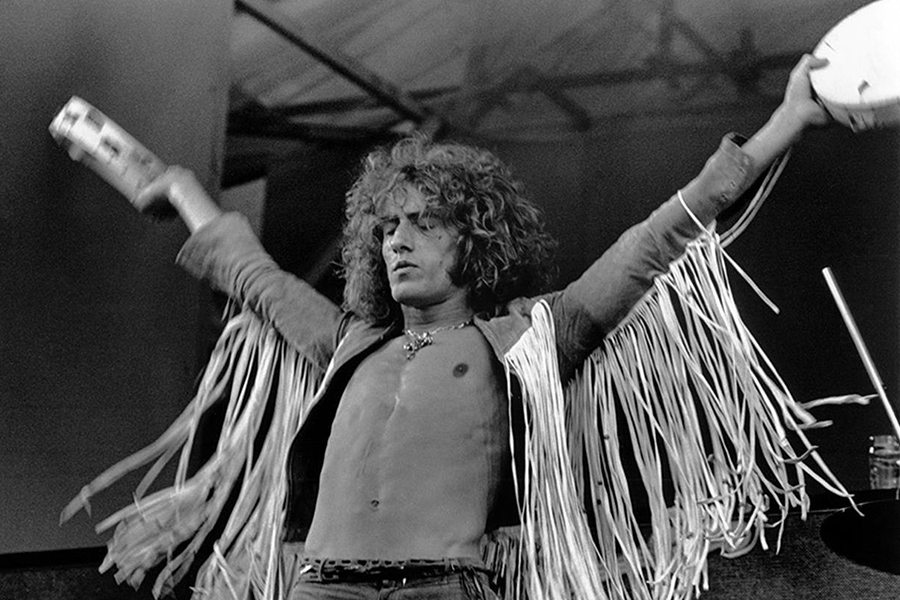The late Andy Warhol is widely considered to be one of the greatest and most influential artists of the 20th century, particularly within the world of music and pop culture. Beyond creating some of America’s most iconic artworks inspired by famous musicians, Warhol also inspired the lyrics and sound of some of the world’s most influential sonic icons.
Warhol’s strange sense of character and opulent lifestyle mirrored celebrity and consumerism, working to fuel some of his greatest works, many of which allude to music and the enigma of the medium’s icons.

It’s undeniable that the work of Andy Warhol has influenced popular culture at large. Take a look at some of the most meaningful impressions that Andy Warhol made on the music world.
Iconic cover art
Andy Warhol was a talented artist, using painting, screen-printing, photography, and print-making to bring life to his abstract ideas and expressions. Warhol designed many album covers for various artists, starting with the photographic cover of John Wallowitch’s debut album, This Is John Wallowitch!!! in 1964.
However, the album artwork that Warhol is most perhaps most widely celebrated for was designed for The Rolling Stones. The cover art for Sticky Fingers has long been regarded as one of the raunchiest of all time, and we couldn’t agree more.
Warhol decided to design the cover for The Rolling Stones and while Mick Jagger requested “nothing too complicated,” Warhol set out to transform the Stones from stars into legends.
Keith Richards on phone in the kitchen of Andy Warhol’s Montauk home where the Rolling Stones were rehearsing in 1975. 📷 Ken Regan pic.twitter.com/iTbmCt6jhm
— Rock N Roll Pictures (@RockNRollPics) June 16, 2017
Warhol also designed covers for some of music’s biggest icons including John Cale, Aretha Franklin, John Lennon, and Diana Ross. Another record sleeve of particular note is of course The Velvet Underground and Nico, which has been adapted into countless alternative covers to the delight of collectors all over the world.

Music as a visual medium
Warhol become famous as the “Pope of Pop”, turning to a unique style in the 1960s where popular subjects could be part of his palette. With the emergence of the pop art movement came the opportunity for Warhol to create works based on the artists who inspired him.
While it’s his artwork of Marilyn Monroe that stands out as the most famous, he also created works of Elvis Presley, Blondie, and Prince. Following Warhol’s death, many musicians and artists turned to his work for inspiration, leading to a resurgence of pop art style album cover art.
Andy Warhol, Double Elvis, and Bob Dylan, 1960’s pic.twitter.com/3SlGhF9oAg
— Diane Doniol-Valcroze (@ddoniolvalcroze) October 14, 2019
The muse of many muses
While Warhol was never shy in declaring his love for celebrities, drawing inspiration from their image for his works, he also inspired many musicians. Warhol strongly influenced the new wave band Devo, the figure’s unconventional thoughts about art and commerce being one of the prime influences when the band formed in the early 1970s.
In fact, when it was discovered that Warhol hired a look-alike to make public appearances on his behalf, Devo envisioned they would so for their entire band. However, perhaps more well-known was Warhol’s influence on David Bowie, who not only wrote music about the artist, but even played the role of Warhol in the 1996 film Basquiat.
Bowie recalled how meeting Warhol in real life helped him in the role and revealed new truths about the enigmatic artist.
📷 Andy Warhol 1971. pic.twitter.com/LZZ9OIDs0w
— Des (@desdelboy) August 4, 2020
And then, of course, there’s Lou Reed and The Velvet Underground.
The face behind an icon
In the mid-1960s, Andy Warhol adopted The Velvet Underground, making them a crucial element of his iconic Exploding Plastic Inevitable multimedia performance art show. Warhol acted as the band’s manager, introducing them to Nico and making a number of creative decisions for the group, including having them dressed in all black to perform in front of movies that he was also presenting.
In 1966 he produced their first album The Velvet Underground & Nico, as well as providing its album art. This work has become arguably one the most iconic pieces of music-related pop art of all time.
Eventually, Warhol and band leader Lou Reed started to disagree about the band’s direction and their artistic friendship ended. However, the creativity that Warhol inspired was never lost, and in 1989, Reed and John Cale reunited to write, perform, record and release the concept album Songs for Drella, a tribute to Warhol.
Lou Reed with Andy Warhol’s two dachshunds, Archie and Amos. Photo by Andy pic.twitter.com/2qCCRzNyye
— this broken hill (@thisbrokenhill) August 3, 2020



